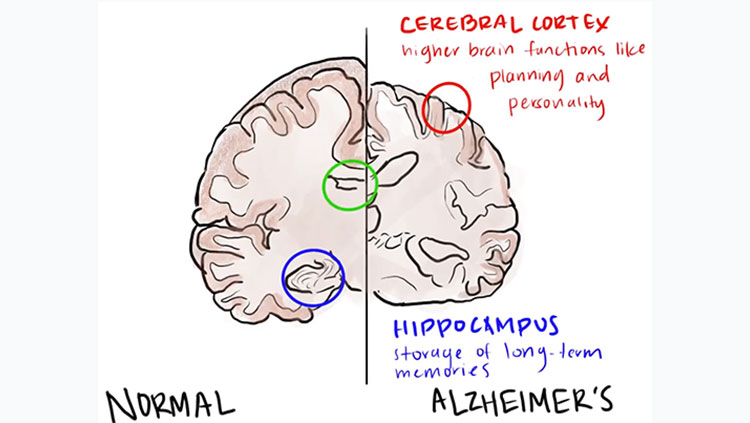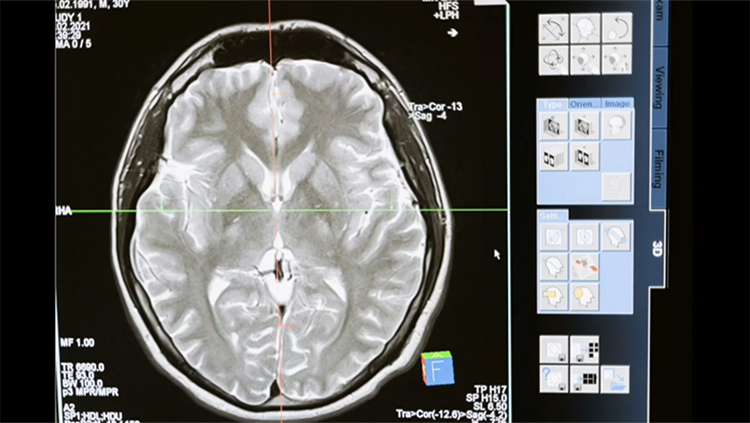Brain Disease in Europe
- Published6 Nov 2013
- Reviewed6 Nov 2013
- Source Federation of European Neurosciences
Recent studies on the prevalence of brain diseases and disorders provide a stunning picture of mental health in Europe. As of 2011, an estimated 164.7 million people are affected by brain disorders in the 30 countries studied. Almost 38 percent of the European Union population suffer from some form of mental disorder. Furthermore, these disorders cost Europeans just under 800 billion euros each year.
In a 2011 study, the most frequently-reported disorders included anxiety disorders (including agoraphobia, generalized anxiety disorder, obsessive-compulsive disorder, panic disorder, post-traumatic stress disorder, social phobia, and specific phobia), depression and insomnia.
In a more recent, broader study, the most prevalent disorder of the brain is headache (affecting 152.8 million people), followed by anxiety, sleep disorders, mood disorders, stroke, dementias, childhood disorders, traumatic brain injury, epilepsy, Parkinson’s disease, multiple sclerosis, neuromuscular disorders, and brain tumors. Compared to a previous survey conducted in 2005, the total prevalence of brain disorders in Europe has remained stable.
The frequency of these disorders is fairly stable across the examined countries, with a few notable exceptions. Alcoholism is more prevalent among men in Eastern Europe countries, as is epilepsy (which can be partly caused by alcohol abuse). Depression is less common for men in Eastern Europe. On the other hand, drug abuse other than alcohol is more prevalent in Western Europe.
Women did not show the same strong regional variability, but the same trends emerge for alcoholism and depression. In absolute numbers, more women than men are afflicted with mental disorders.
Brain disorders are less deadly than cardiovascular diseases or cancer, but cause longer-lasting disability and higher care costs. The estimated direct cost for medical treatment of these disorders is 296 billion euro – 24 percent of direct health care costs in Europe. The cost of care (estimated at 186 billion euro) and loss of productivity when unable to work (estimated at 315 billion euro) bring the total cost of brain disorders in Europe to around 798 billion euro. The disability burden caused by brain disorders was found to be higher in females (30 percent of all diseases) than in males (23 percent).
Per capita costs for each country vary widely, from 421 to 2607 euro. The highest costs are generated by neuromuscular disorders, brain tumors, and stroke. The lowest costs are from headache.
This data was provided by studies conducted for the European Brain Council, a non-profit organization representing a number of European professional and patient organizations. The information was published in professional journals and can be found on the European Brain Council web page.
CONTENT PROVIDED BY
Federation of European Neurosciences
References
Olesen J, Gustavsson A, Svensson M, Wittchen HU, Jönsson B, et al. The economic cost of brain disorders in Europe. European Journal of Neurology. 19:155-162 (2012).
Wittchen HU, Jacobi F, Rehm J, Gustavsson A, Svensson M, et al. The size and burden of mental disorders and other disorders of the brain in Europe. European Neuropsychopharmacology 21: 655-679 (2011).
Also In Neurodegenerative Disorders
Trending
Popular articles on BrainFacts.org
















